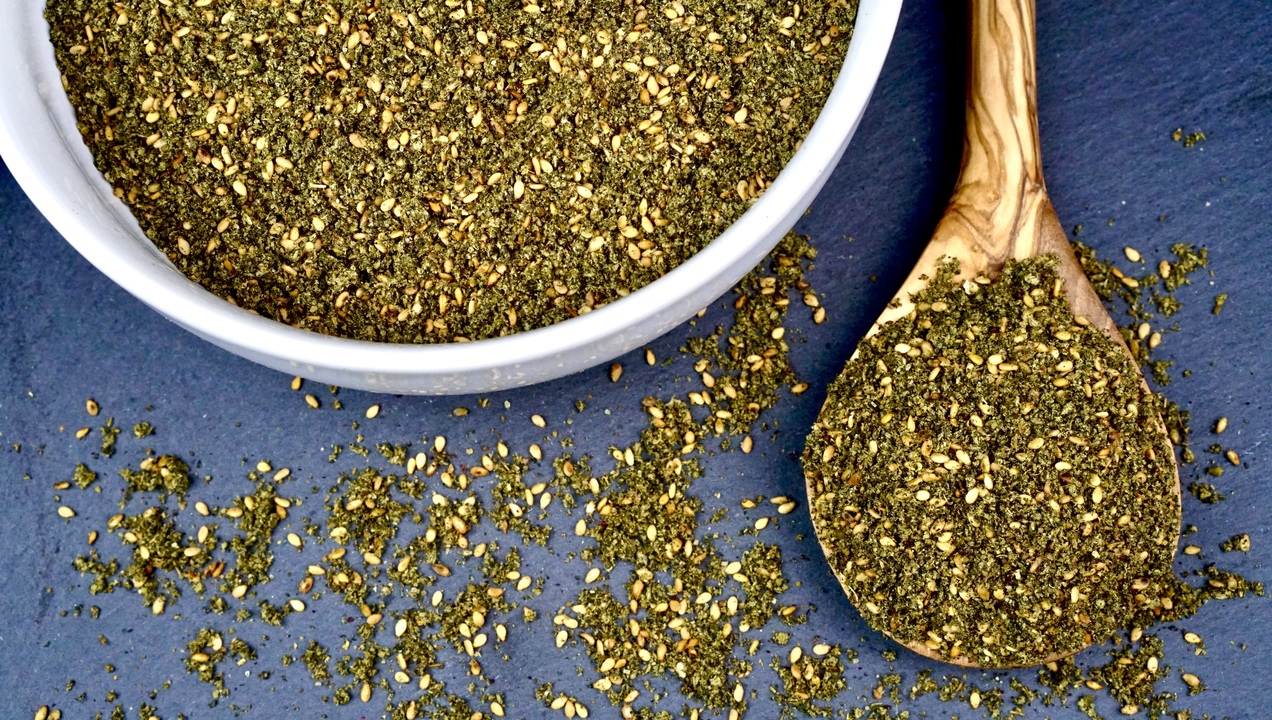Za’atar 101
Za’atar is a versatile every day blend of herbs and spices that can be used as a dip with olive oil, a rub on proteins, or sprinkled on eggs and veggies as a seasoning. A mix of dried thyme, oregano, sumac, and toasted sesame seeds gives za’atar a delicious and unique flavor that is aromatic and tangy at the same time. Za’atar is a culinary staple in the middle east and has a long and rich history dating as early as the 12th century.
Za’atar is both the name for wild thyme, a herb that grows primarily in the hills of the eastern mediterranean and most importantly, the name of a spice mix that has many variations in the middle east.
“There are 22 herb species referred to as za'atar in the region. It is the essential oils they have in common. They all come from the same Lamiaceae, or mint, family, which includes savory, oregano and thyme. Personally, I can eat za'atar anytime. Za'atar is what opens our palates."
Jihad Noun, expert on medicinal and aromatic Lebanese plant species
The plant Zaatar may be referred to as the Middle-Eastern oregano but is locally known as wild thyme, or wild Zaatar. Origanum syriacum, or Zaatar, is native to the Middle East. It is a short shrub of up to 2.5 feet. It is characterized by its small white flowers and very fragrant cottony leaves. Like many herbs, flavor is determined by the oil content of the herb. With Zaatar plant leaves, a high or low content of the thymol oil drives the flavor intensity. Within the cultivation regions of the Middle-East, essential oil content of the Zaatar leaves varies widely, from few to forty grams, per kilogram.The name Zaatar actually refers to both a plant and the product mixture described above with the sumac, sesame seeds and other spices.

